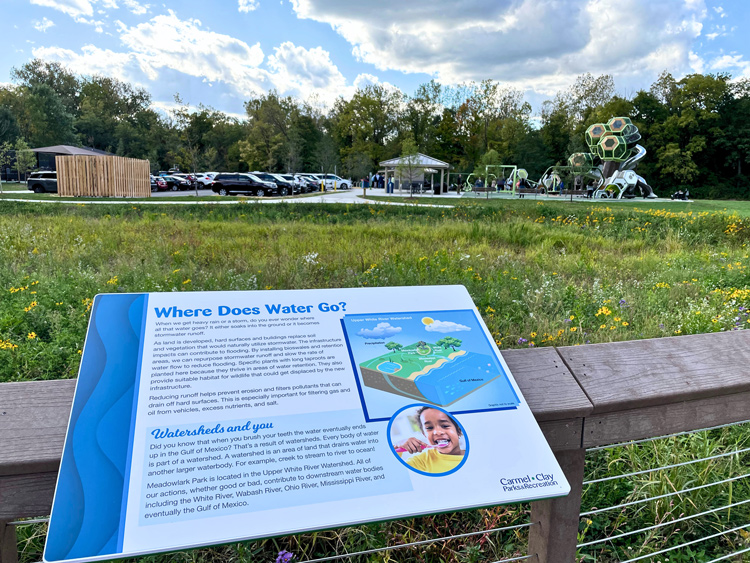By BILL SCHMIDT
Guest Columnist
 April is World Landscape Architecture Month and a great time to promote some of the benefits many people may not think about as being linked to the design of our outdoor environment. Beyond creating beautiful outdoor spaces, landscape architects shape the way in which we live, work, and connect – acting as a catalyst for positive change. In the face of pressing economic, environmental, and social issues that burden the 21st century, let’s peel back the layers and explore the pivotal roles landscape architects play at the forefront of today’s most critical challenges.
April is World Landscape Architecture Month and a great time to promote some of the benefits many people may not think about as being linked to the design of our outdoor environment. Beyond creating beautiful outdoor spaces, landscape architects shape the way in which we live, work, and connect – acting as a catalyst for positive change. In the face of pressing economic, environmental, and social issues that burden the 21st century, let’s peel back the layers and explore the pivotal roles landscape architects play at the forefront of today’s most critical challenges.
Fighting crime through environmental design
It is well documented that many of our urban centers are struggling with some difficult social challenges, including higher crime. As community gathering points, parks, streets, and other spaces are becoming more susceptible toward unwanted behavior, great design can be a powerful tool in crime prevention.
By strategically incorporating design elements, landscape architects can create public spaces that subtly discourage crime. For example, a park with open views and ample lighting creates a sense of openness. This not only makes it easier for security personnel to monitor the area, but the feeling of being seen discourages criminal activity.
Designing a more sustainable future
As experts in both the natural and built environments, landscape architects are uniquely qualified to lead the environmental movement. Sustainable solutions and green infrastructure contribute to improved air quality, energy savings, healthier ecosystems, and carbon neutrality.
Community engagement throughout the planning and design processes ensures spaces meet the needs of communities and fosters a shared sense of responsibility for their upkeep. This collaborative approach leads to a sustainable future that generations will be able to enjoy. As the world adjusts to changing conditions and new regulations, landscape architects are experts who can bring new solutions to an ever-evolving environment.

Carmel’s Meadowlark Park is a fine example of a city park that moves a community towards a sustainable future. (Photo provided)
Actually, money does grow on trees
A recent U.S. Chamber of Commerce survey found that nearly half of small businesses are facing declining revenue compared to pre-pandemic levels. In this challenging economic climate, landscape architects emerge as powerful allies to municipalities and businesses.
Safe, walkable streetscapes with landscaping, lighting, and outdoor seating can encourage spending at local shops. Additionally, green spaces with unique features can draw in visitors. These strategic design elements lay the foundation for sustained economic growth and significantly improved quality of life. In the vital relationship between design and economic vitality, landscape architecture remains a driver for positive change.
Nature’s social network
Beyond work and home, public spaces play a crucial role in our social wellbeing. This is because the connections we create in them are particularly fulfilling as they’re built on shared interests and joy.
Imagine tending to your plot in a community garden, sharing tips and stories with fellow gardeners. These thoughtfully designed public spaces are platforms where diverse cultures and interests are celebrated, ultimately strengthening communities.
Serving as a link between the worlds of design and community, landscape architects enable spaces that are not only beautiful but also secure, sustainable, economically robust, and culturally rich. As we face the challenges of the 21st century, landscape architects stand ready, crafting solutions to ensure a thriving future for generations to come.
Bill Schmidt, PLA, ASLA, LEED AP, is the Director of Landscape Architecture at Weihe Engineers, Inc.

